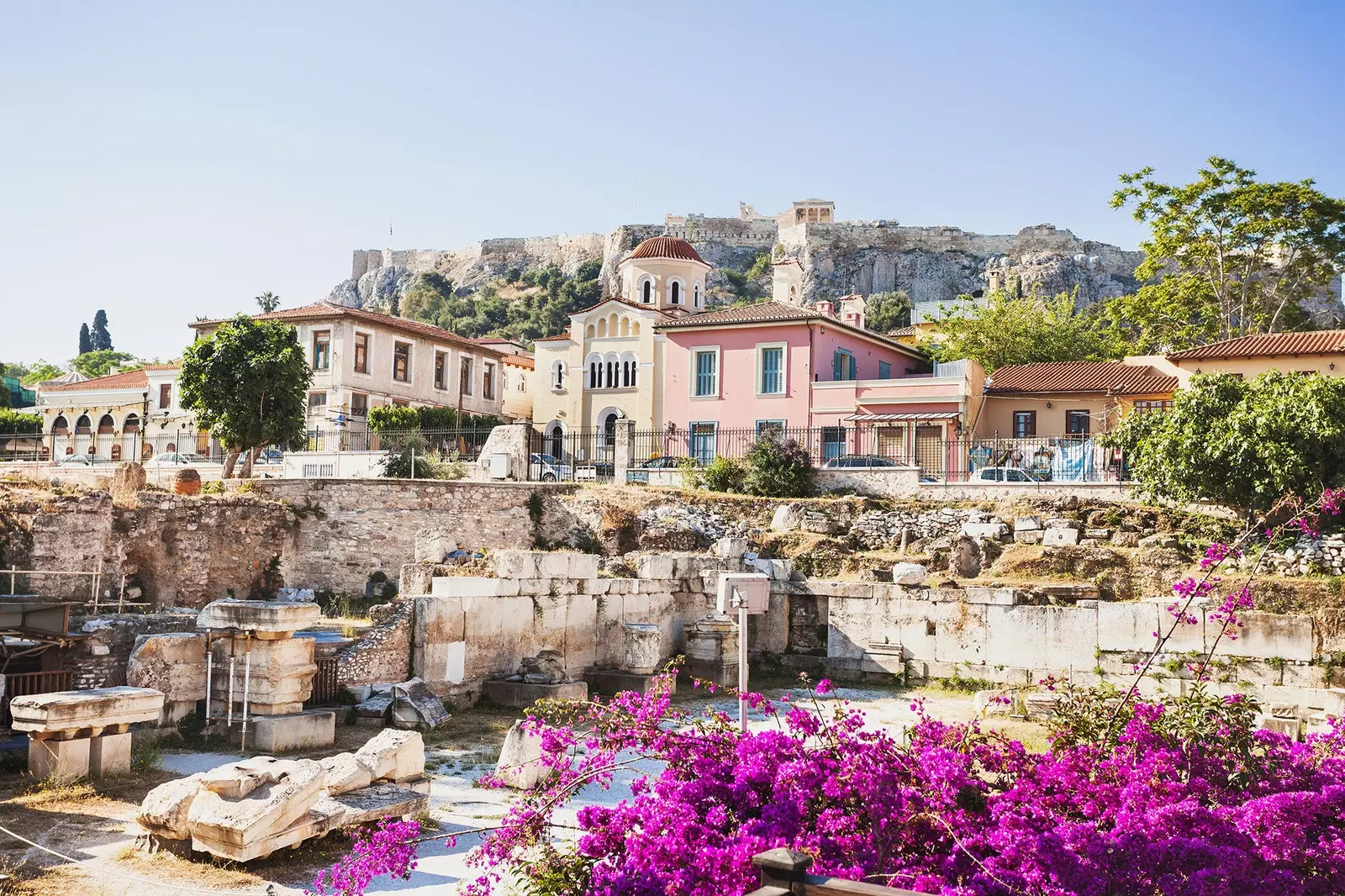
Athens in 48 hours
Updated on the day: 03/04/2020. There are many centuries that Athens has been standing attracting millions and millions of people eager to walk through those streets full of history under the proud acropolis.
As we know that you are going to visit it without the need for us to recommend it, we have not wanted to include the emblem of the capital of Greece to make room for lesser known items . Now, if you want to add a third day to your trip to see the Acropolis, here is the definitive guide.
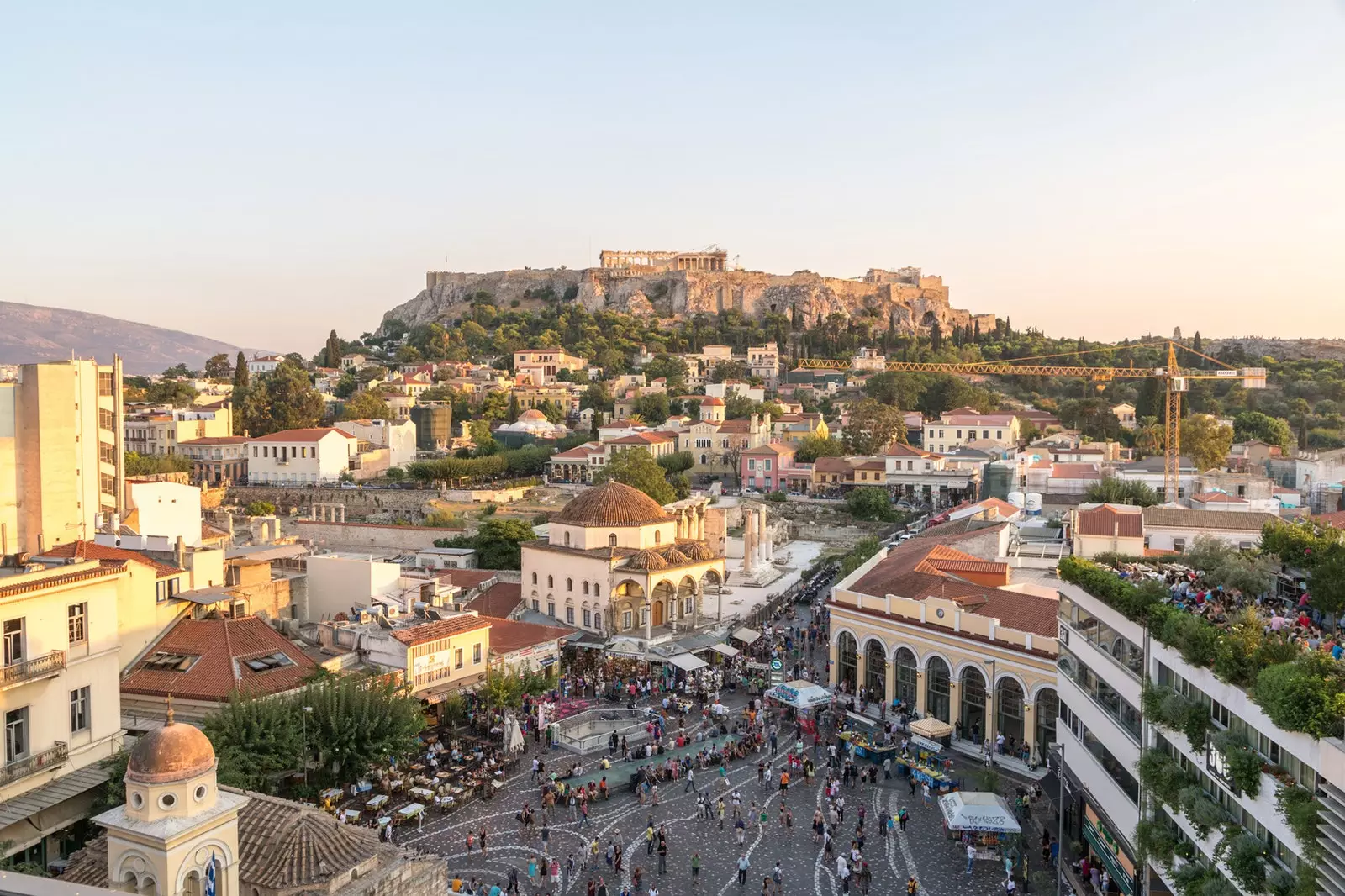
Monastiraki Square, Athens
Before we start, a little good news. The most touristic area of Athens , where most of the historical remains are concentrated, it is not much less extensive , so you can comfortably explore it on foot. And if you want to go somewhere further away, public transport works very well and is cheaper than in Madrid.
DAY 1
09:00 a.m. Our tour begins at Acropolis Museum . Although it is dedicated to art pieces and elements found in the upper city, is a good starting point to start the visit of the capital, as it will give you keys to know a little better the organization and history of Athens.
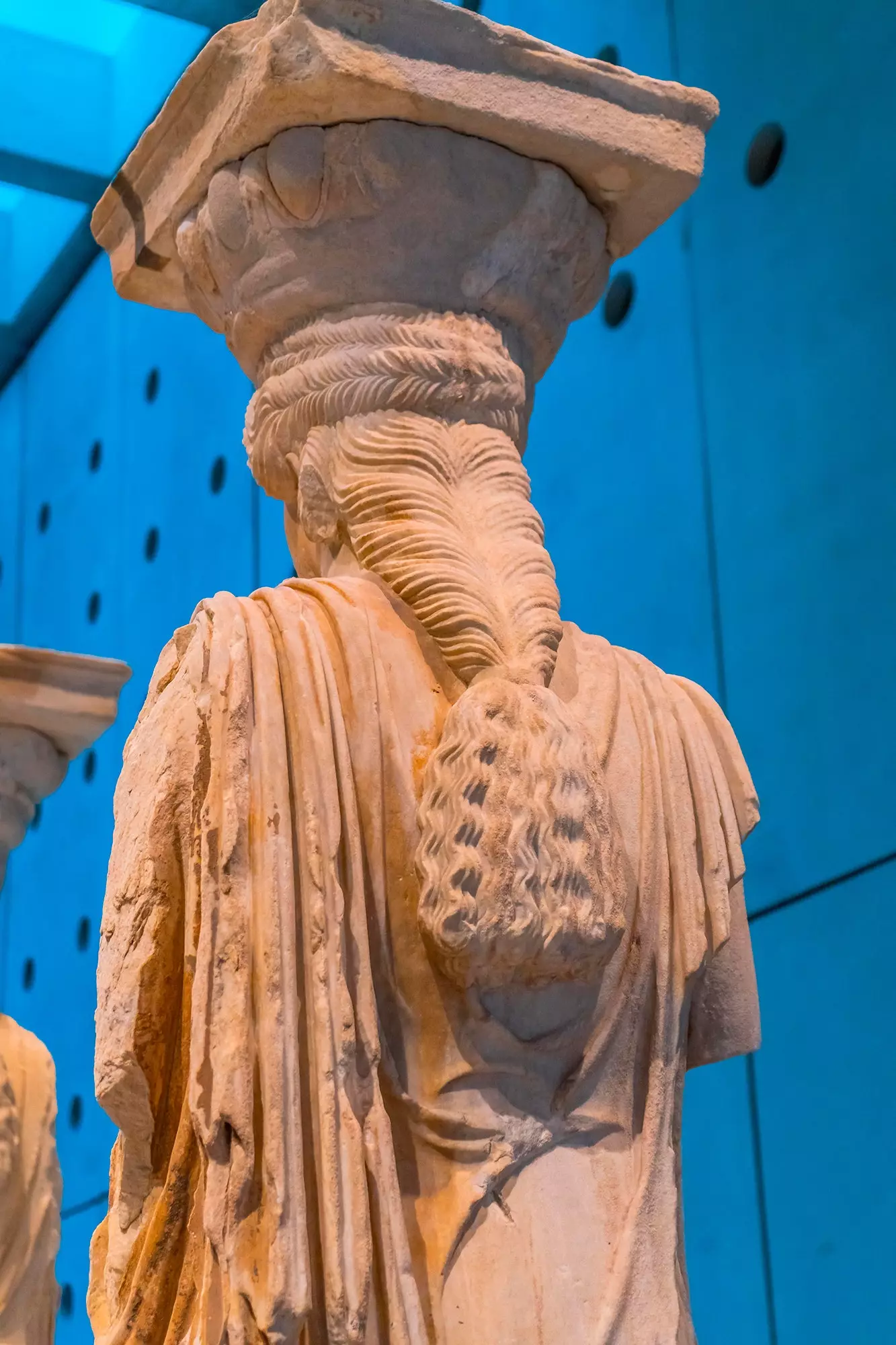
In the Acropolis Museum are the famous Caryatids
In the museum, built in its current location in 2007 (previously it was inside the Acropolis), the famous caryatids , columns in the shape of a woman that supported part of the Erechtheion , a temple located inside the Acropolis. A curiosity: the top floor of the museum has the same dimensions as the Parthenon and is offset with respect to the building in order to be aligned with said monument.
11:00 a.m. With the first knowledge of the city in our pocket we move walking to pay a visit first to the decimated Temple of Olympian Zeus or Olimpeion and later to panathenaic stadium . Unfortunately, the shrine that began to rise in the year 515 BC and whose construction was not completed until Roman times, in the years 124-125, not as well preserved as the Parthenon or Hephaestion . The roman emperor hadrian He was the one who gave the definitive impetus to complete what was once a great work in marble, and very close to the temple is the Hadrian's Arch , a small triumphal arch erected in 131.
From a religious building we went to another sports building. The panathenaic stadium , completely restored in marble, was the site of the first modern Olympic Games, held in 1896. However, it was built many centuries earlier, in 330 BC, to host the Panathenaic sports competitions , an annual religious ceremonies.
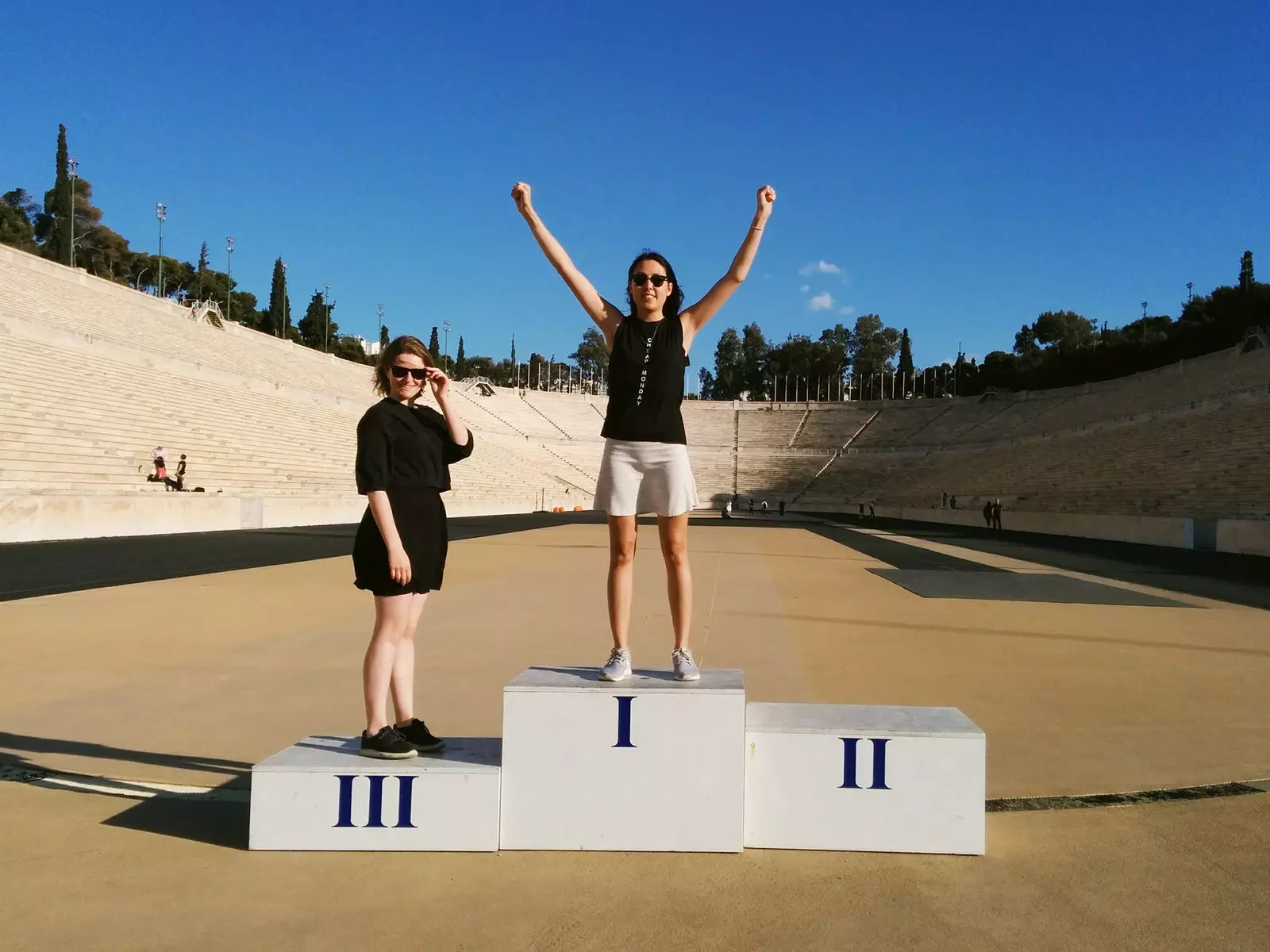
Panathenaic Stadium
Before rediscovering it after some excavations in 1870 , the stadium had been renovated between 140 and 144 to give it the shape it has today, very similar to Roman circuses. As it is possible to climb to any corner of the stands and enter the tartan, it is overwhelming to stand in the Spiros Louis skin , the Greek athlete who won the marathon at the 1896 Olympics , entering the stadium to the applause and cheers of tens of thousands of enthusiastic compatriots.
12:30 p.m. A break after so much history lesson? Attached to the Panathenaic we have one of the green lungs of our historic hostess. One of many, rather, because the city has many green areas. The National Garden of Athens It is perfect to take a comfortable and cool walk and relax for a while. The gardens, where the palm trees at the entrance stand out, are made up of more than 500 different species of plants and they also have a small zoo and pond.
Going up the Garden we end up in the famous syntagma square , known for hosting the greek parliament and for being the usual place where they concentrated protests and demonstrations in the years of the economic crisis , which hit Greece with special viciousness.
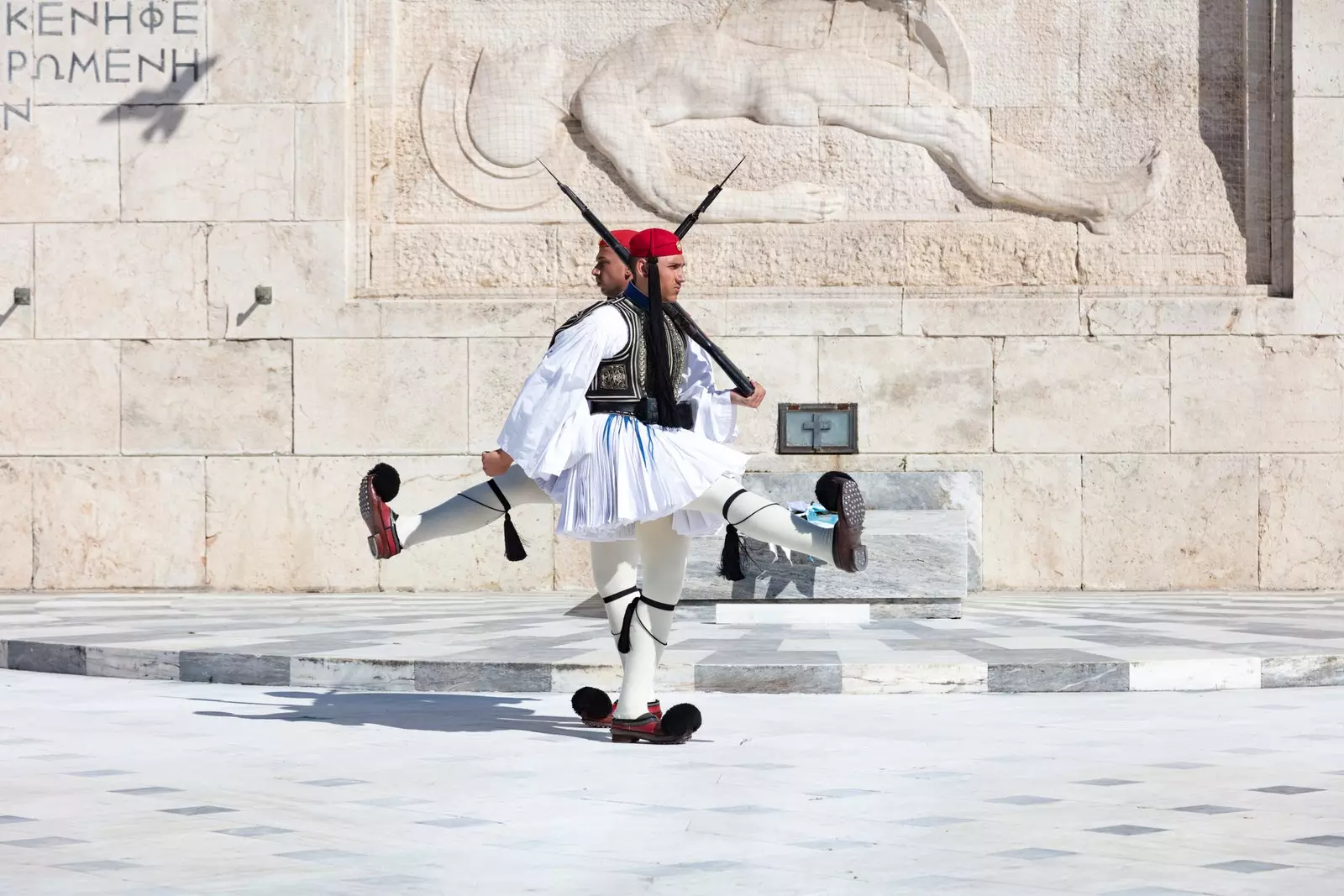
syntagma square
let's eat in the exarcheia neighborhood , so it is a good time to decide if we continue on foot or opt for the metro. In the second case, all you have to do is take line 2, red, to Omonia , a square that is very close to the little tourist corner that we are going to explore.
2:00 p.m. The first stop to try the renowned Greek food will be at the Atitamos restaurant (Kapodistriou, 2). The typical dishes and better known, such as moussaka , the souvlaki or the tzatziki -the tasty Greek yogurt and cucumber sauce- are highly recommended and we will always encourage you to eat them, but we also want to mention others that are perhaps not as well known.
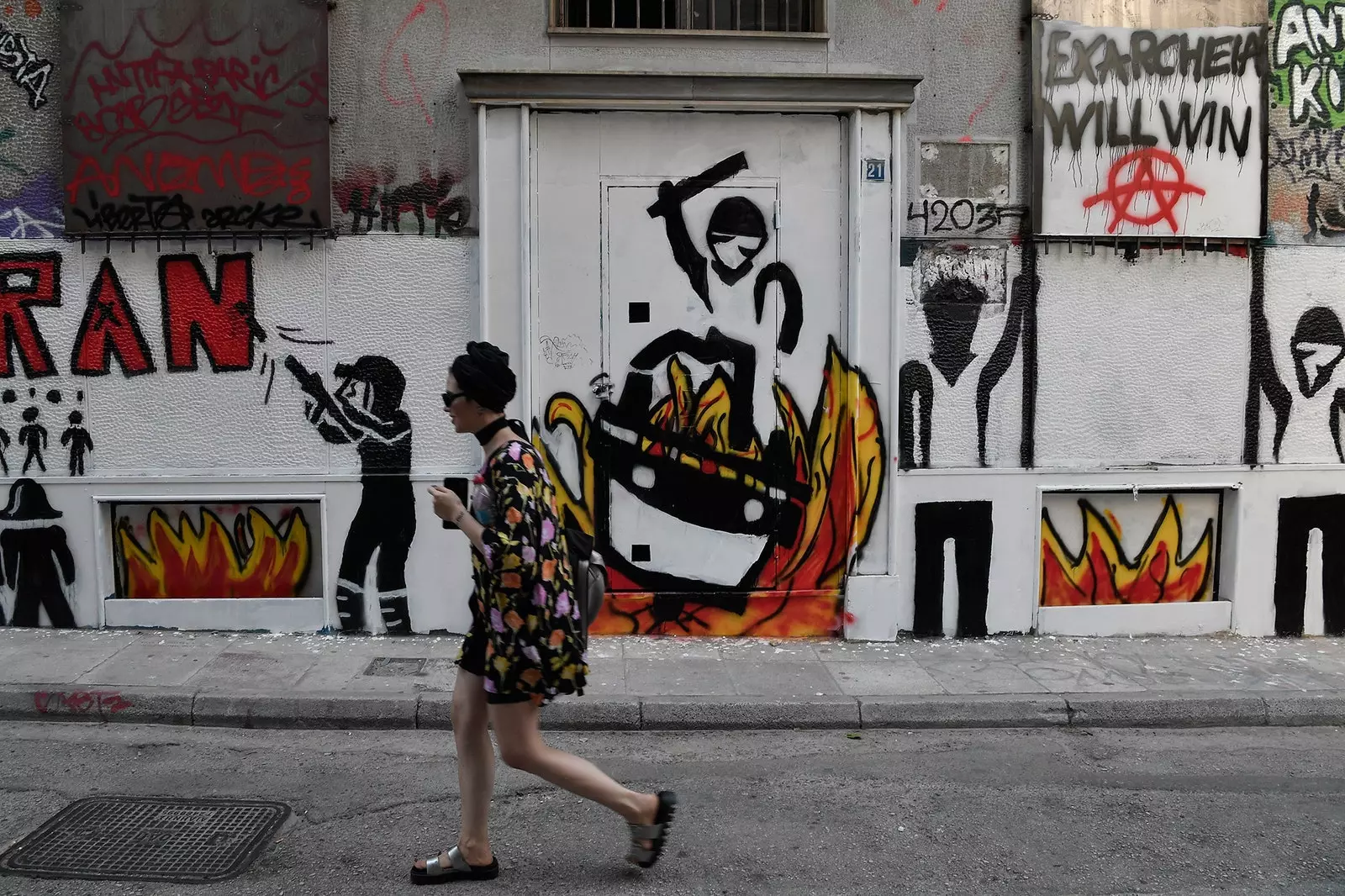
Exarcheia neighborhood
In Atitamos you have to lean towards one of the cheeses and salads . The Greeks love the latter and prepare many and very varied, so there is something for all palates. The halloumi fried cheese , accompanied by generous pita bread slices (a side that you will see at all hours in restaurants), is an excellent choice. Also ask for their sausages or their hamburgers and then savor the sweet that they will give you for free as a small dessert, as in most restaurants in the city. In Atitamos they usually give a baklava, a pastry made with pistachio paste and dipped in honey. Take advantage!
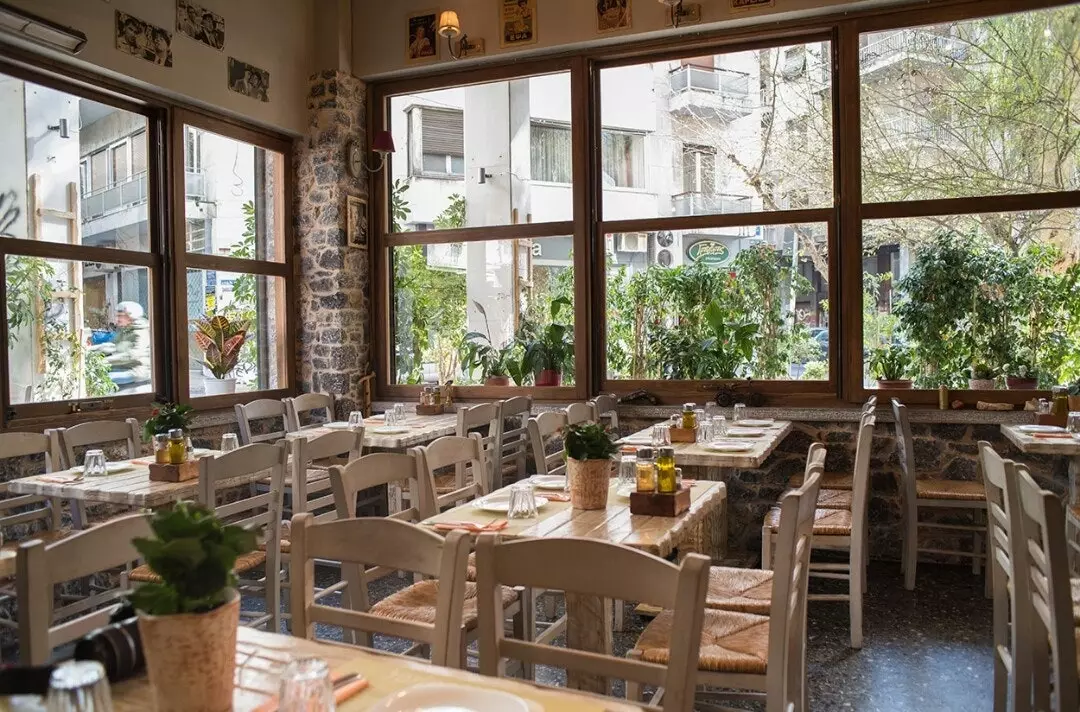
A typical Greek canteen to taste the usual dishes
3:30 p.m. We are ready to meet Exarchia . This neighborhood has become more and more known for its combative character at the political and social level. anarchist messages either against gentrification adorn every wall of its streets, full at all hours of people chatting, smoking, forming community.
The facades of the buildings are usually dirty and neglected, and on some streets the streetlights have lost their function, giving this area a unique atmosphere. Despite everything we discussed, there is nothing to be scared of. Exarchia is bustling, it is alive, it is home to modern restaurants, many shops (especially electrical appliances, you'll see) and taxis clog their roads, so don't get carried away by the prejudices of some, take the same precautions you would take anywhere and immerse yourself in everyday Athens.
5:00 p.m. After this immersion in the other Athens we are ready to contemplate the capital from above and at sunset . If, like the writer, you visit the city in the winter months, it's important to know that the sunset occurs around 6:00 p.m. and that an hour before many museums and historical monuments close.
One of the best options to see a beautiful sunset , and a few minutes walk from Exarchia, is the Mount Lycabettus , which you will have already seen from a distance. The Lycabettus reaches 280 meters in height , enough to be crowned as the roof of the city and to see it in all its extension. From the top, which you can climb on foot or by cable car (the ticket costs 5 euros), there is a beautiful panorama of athens and you can see the Piraeus port and distinguish the soft contours of the nearest islands of the Aegean Sea, a pleasure for the eyes.
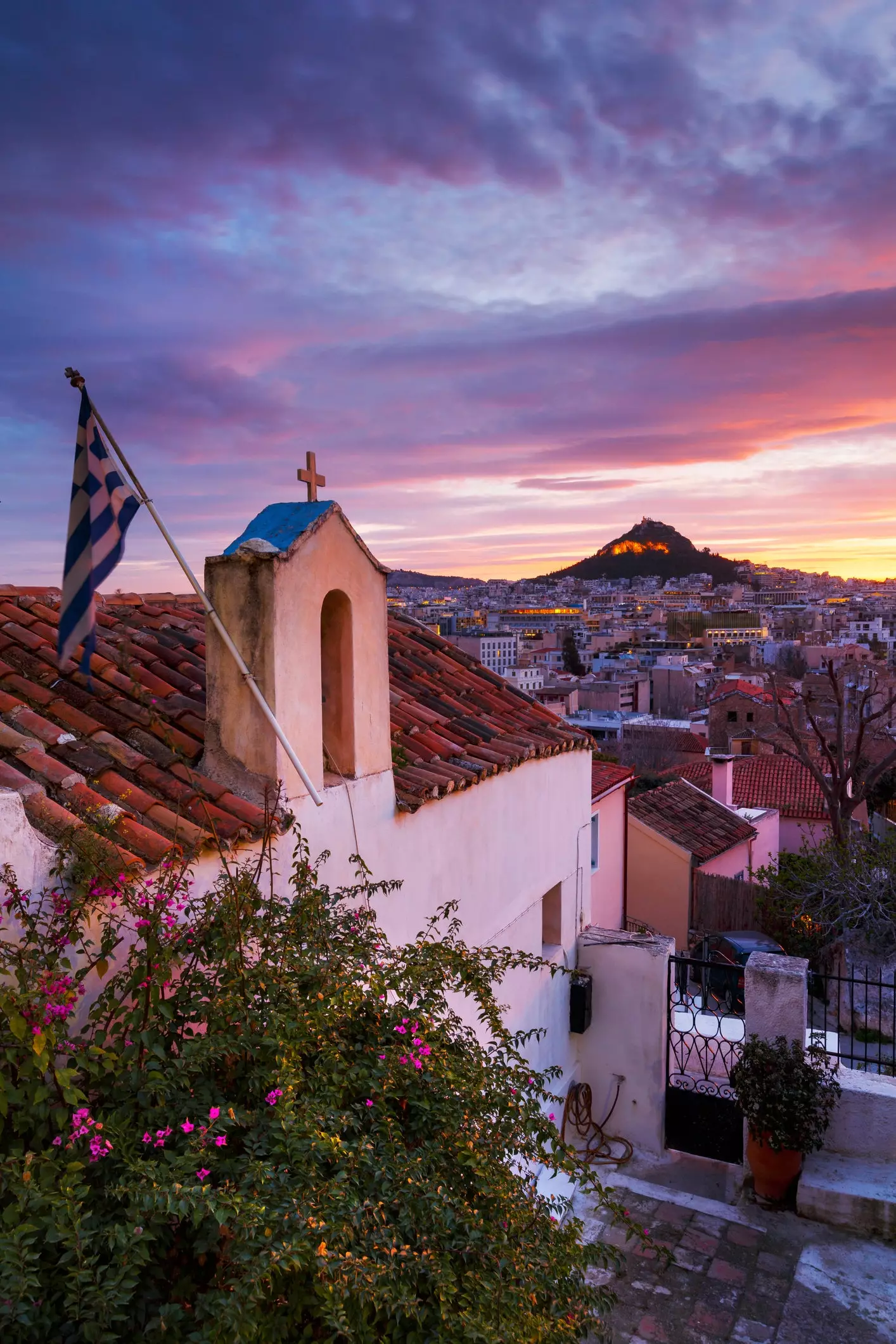
Views of Lycabettus
If you are tired and do not want to walk up you will find the funicular on the face of the mountain that overlooks the Kolonaki neighborhood , one of the most exclusive in Athens with its brand name stores and its prohibitively expensive restaurants. If you dare with the 'cardio option' we advise you not to go up too fast to enjoy the forests on its slopes , some forests where predominates, as in the whole city, the olive.
It is possible that this tree is the most appreciated by the Athenians, and has been for many centuries. According to a myth, gods Poseidon and Athena they fought to be patrons of the city of Athens. To resolve the dispute between the two powerful deities it was decided that each god would make a gift to the city and that its inhabitants would choose their favourite. Poseidon hit the ground with his trident and made a salt water fountain. athena offered the first olive tree , which provided food, oil and wood. The olive tree was chosen and Athena became the patron saint of the city, giving it her name.
We do not forget that at the top is the small Orthodox chapel of Saint George , where you can enter and view its many icons.
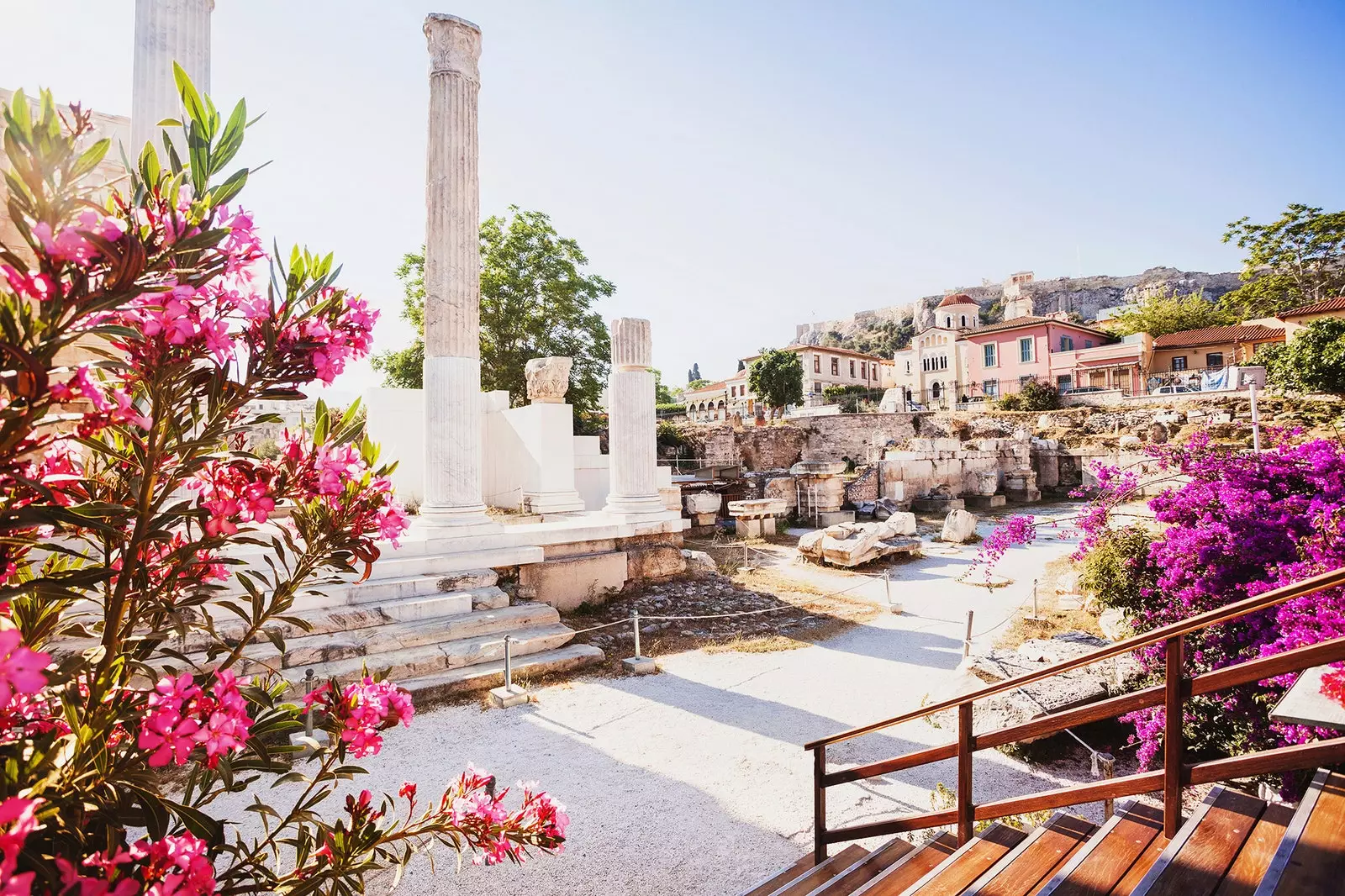
plaka neighborhood
7:00 p.m. It is already night in Athens and there are not many places more beautiful than the plaka neighborhood once the sun sets. Cobbled streets, quiet and intimate atmosphere ... The word flirtatious serves perfectly to define this area of the city. If it is also attached to the Acropolis, and has beautiful views of it, you will perfectly understand why it is mentioned so much. Walk, explore, get lost in its narrow streets but do not forget to go through the Lisiou and Mniseklous streets , you'll see why.
9:00 p.m. The day has been busy and nothing better than closing it with a good dinner. For this purpose, the indicated site is the Saita Tavern (Kidathineon, 21). Located on the ground floor, you will suck your fingers with its specialties. One of them is the dakos , a delicious traditional appetizer of the Island of crete that has crushed tomato, cheese and olives on a biscote. The lemon lamb It is another of their most demanded dishes, for juicy reasons. If you are a vegetarian, you will need bread (pita, of course) to wash down your delicious mushroom soup.
DAY 2
09:00 a.m. We start early because there is still much to enjoy. The first visit of the day will be to Agora of Athens , where we will arrive after a new walk through Plaka and for him small neighborhood near Anafiotika.
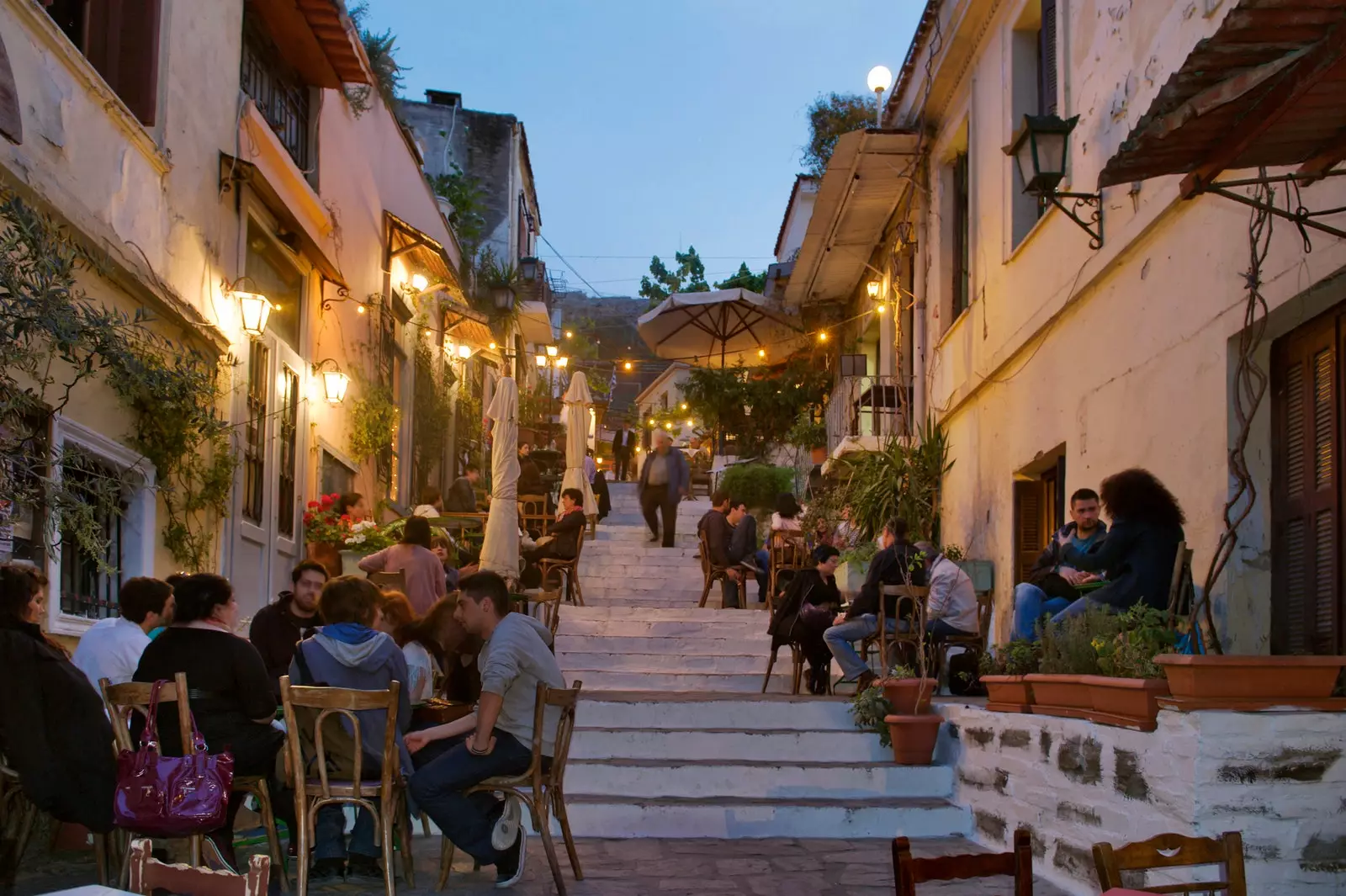
plaka neighborhood
plaka It is so special that it is worth knowing it not only at night . As you walk through its streets again you will be accompanied by the earliest cats . By now in the Greek capital you will have realized that these felines are fully integrated into the daily life of the city , so much so that they even enter shops (they even sleep in shop windows!) and have a feeder and drinker in practically every street.
Once we leave Plaka behind, we will enter one of the most picturesque and charming neighborhoods of Athens. More than another neighborhood in the capital, Anafiotika seems more a small town with its narrow streets , its whitewashed houses and its plants here and there. Located on the slopes of the Acropolis, from Anafiotika you will not be able to see the Parthenon, but you will you can admire the thick walls of the northern slope of the upper city . Don't worry if you can't find the street where the typical neighborhood photo is taken: every corner of this neighborhood is very Instagrammable.
10:30 a.m. we arrived at Agora, the heart of ancient Athens . This area of the city was for years the sociopolitical center of the capital , and it was also here that most of the commercial activities . The enclosure had numerous public buildings of various kinds and even a prison, but few are still standing today.
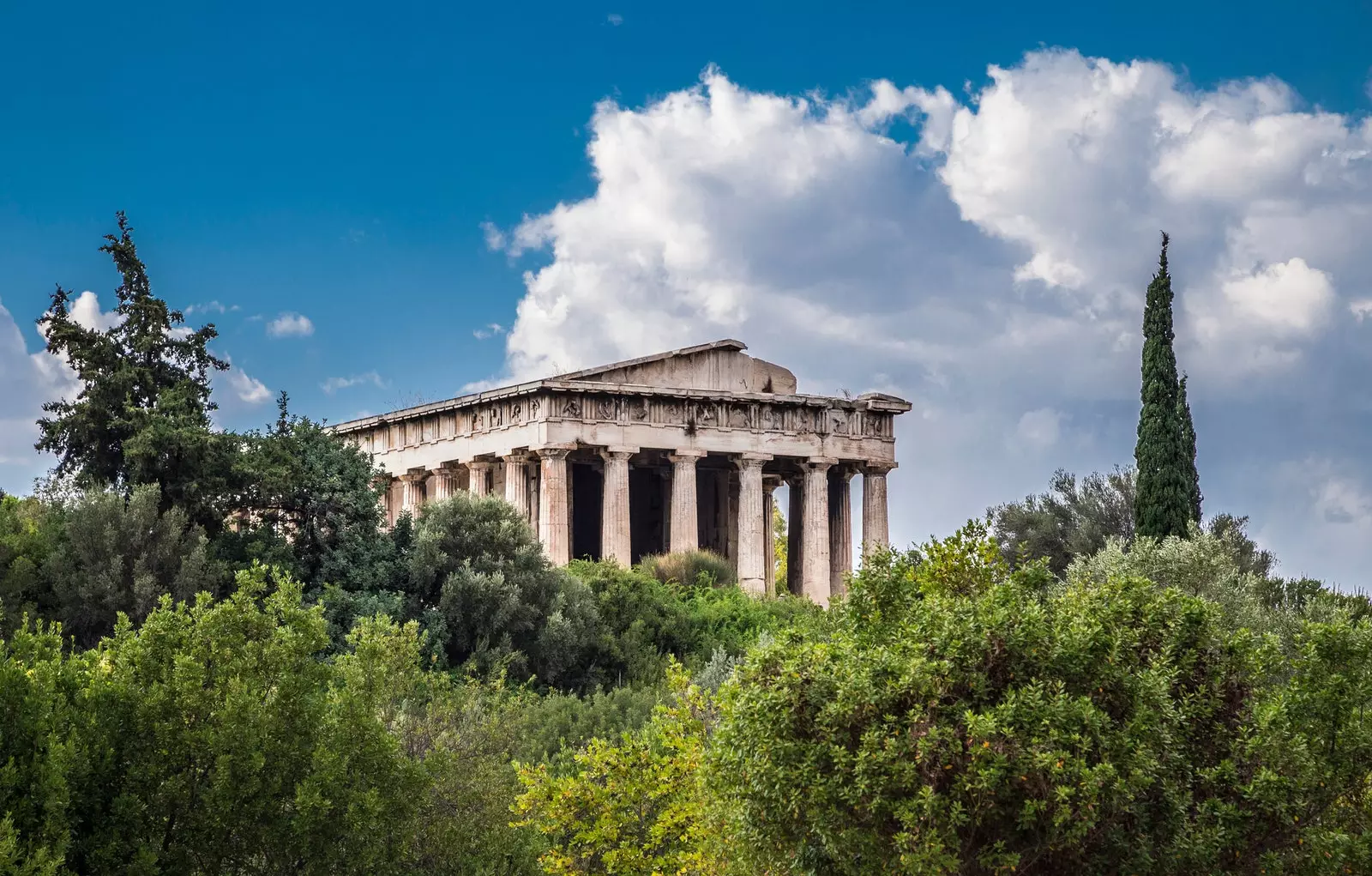
Temple of Hephaestus or Hephaestion
The temple of Hephaestus or Hephaestion , located on a hill that dominates the entire Agora and with privileged views of the Acropolis, is the main attraction of this part of the visit. It is magnificently preserved thanks in part to the fact that it was used as Christian church from the 7th century , many years after its construction (estimated between 460 and 420 BC).
Under its Doric columns, which support the characteristic gabled roof of Greek temples, you can see the real extension of the Agora, finding the Stoa of Attalus in the background . The this , perhaps the best preserved monument in the enclosure thanks to its restoration in 1956 , consists of a two storey portico that housed some twenty commercial premises in ancient times, a function very different from the current one, as it served as the headquarters of the Agora Museum . Its ground floor is Doric in style and the first is Ionic. What is your favorite classic order?
apart from cats, in the Agora it is not strange that you can run into one of the great turtles who also populate the city. Without a doubt, a very curious image.
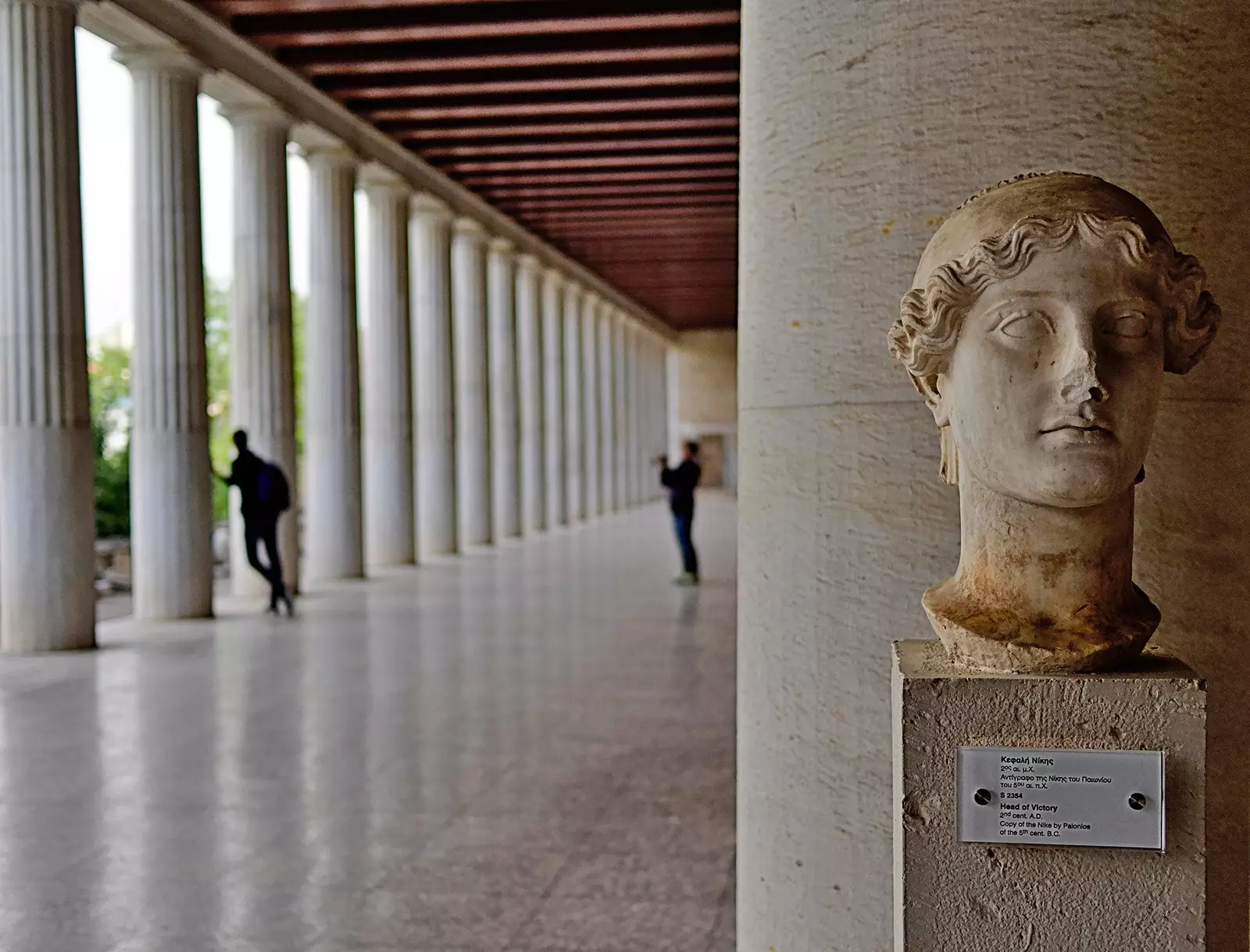
Agora Museum
12:00 p.m. From the Ancient Agora we pass quietly to the area where the Hadrian's Library and the Roman Agora . Although they are very much in ruins, it is advisable to take a short walk to delve into the history of the capital. The Roman Agora was created between 19 and 11 BC. and, after the invasion of Germanic people of the Heruli in 267 , the administrative and commercial focus of Athens shifted from Ancient Roman Agora.
The library, meanwhile, was built by the Emperor Hadrian in 132 . This emperor has already been named before in the article, because the great admiration he felt for Athens and the Greek -something very common in the Romans- made him want to embellish it even more.
1:00 p.m. We will eat a little early to regain strength and prepare for the intense afternoon ahead. The chosen place is called Karamanlidika (Sokratous, 1). This cheap restaurant is in turn a flirty delicatessen and is located past the monastiraki square , which we will visit later. Although it has a lot of variety, the specialties in this place are the meat and sausages.
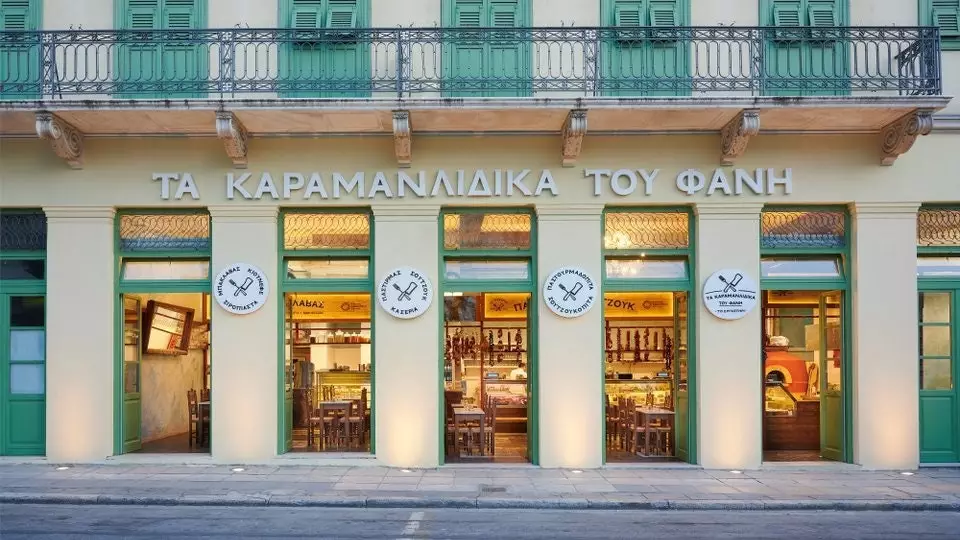
Karamanlidika
Our main recommendation is called, attention to tongue twisters, sachanaki karamanlidiko with pastirma Y suck , a scrambled egg with not very cooked egg yolk to which is added pastirma -very similar to cecina- and sucuk, a minced beef sausage. All this seasoned with red paprika and a little tomato. It's a very old dish of greek cuisine that does not usually appear in the lists of recommendations, so we encourage you to try it more insistently. Another delicious choice are the Kefte sausages accompanied by the inevitable -and delicious- tzatziki sauce.
3:00 p.m. We promise we've gotten hungry writing about Karamanlidika's great food. But Athens awaits us , and with a full belly and recharged batteries we are going to take a little walk around the surroundings. Not far from the restaurant is the Central Market of the city , a noisy show with all kinds of delicacies in a very oriental atmosphere. From the market we will head towards the Monastiraki square although strolling slowly through the nearby Aristofanous, Eschilou or Karaiskaki streets and enjoying the iron square.
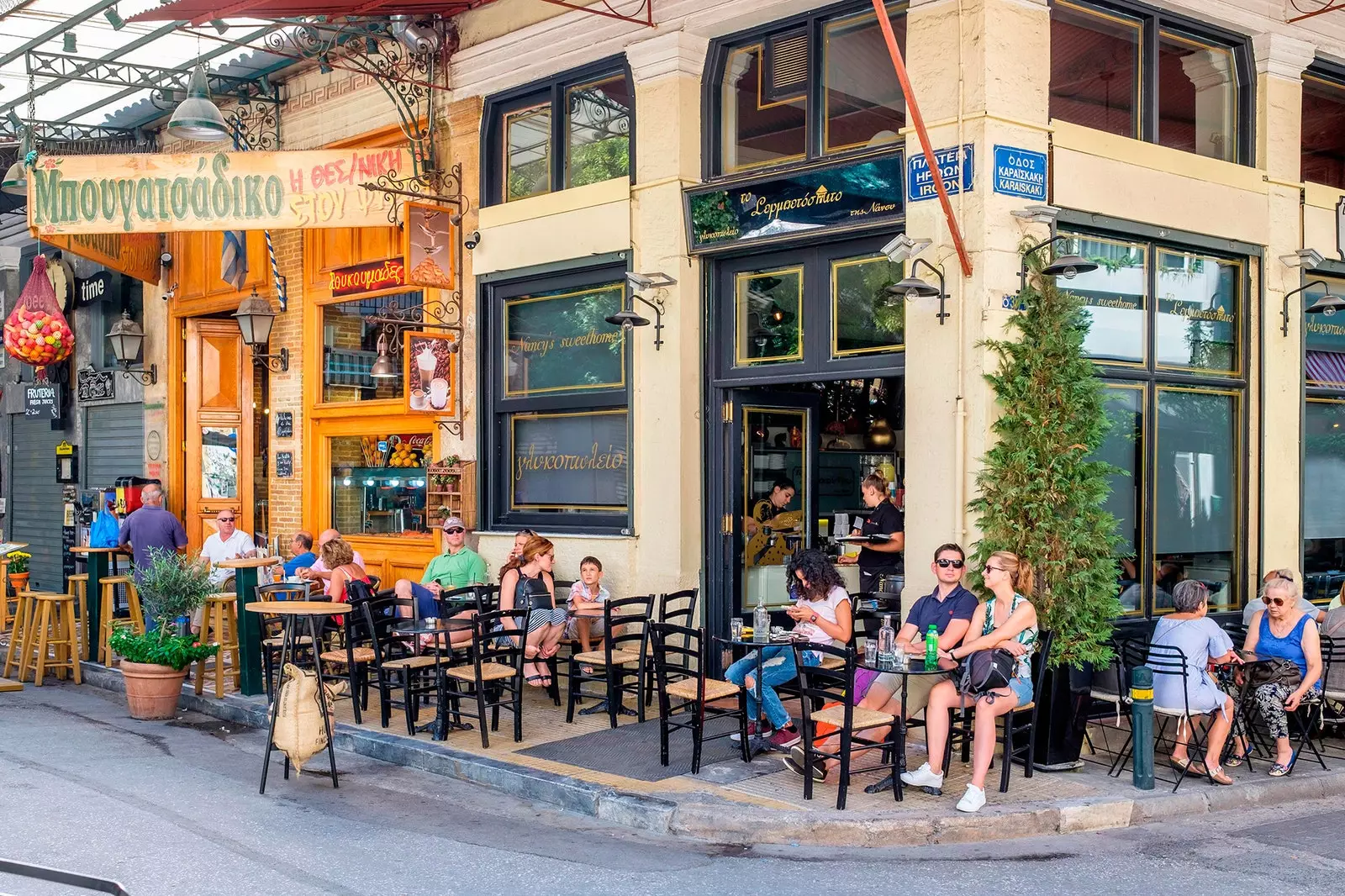
Ironon Square, in Athens
3:30 p.m. Once in Monastiraki, it is best to go first to the bustling square where is the iconic Tzistarakis mosque , which once again reminds us of the amount of cultural influences that modern Greece in general and Athens in particular have received over the centuries, an incomparable richness that is there for our enjoyment.
From the square we take the entrance to the Monastiraki Flea Market . Very similar to the flea market in Paris - although it is much smaller, of course - in these stores you can find everything. Since clothing, furniture, books to any type of antiques . We found it very curious that photographs of line-ups from the 1970s of teams like the Panathinaikos or Olympiacos , two of the most important football clubs in Greece.
We are still in winter time, so after taking a good look at this corner full of activity we headed to the Philopappos Hill for enjoy a new sunset.
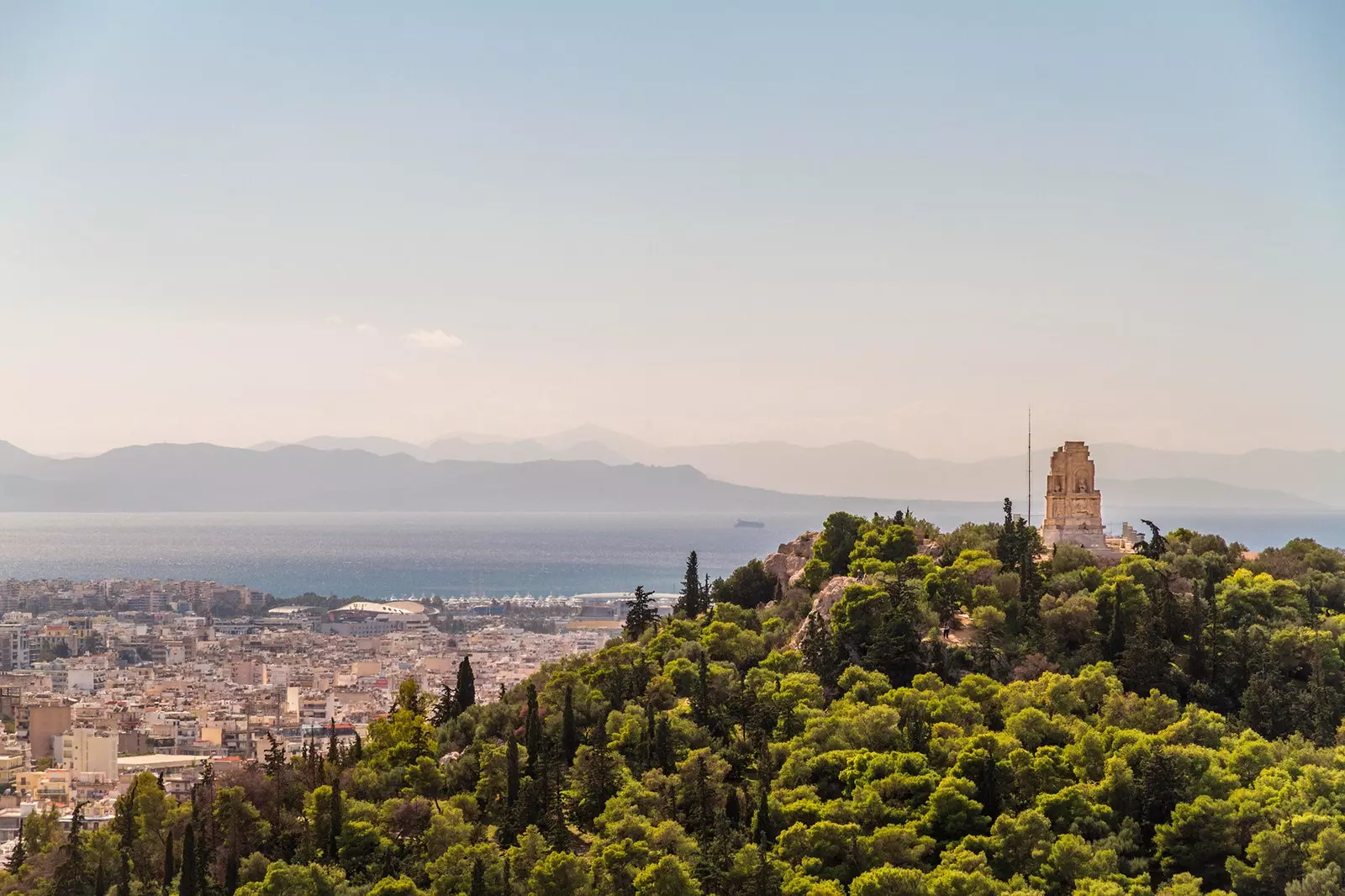
Philopappu Hill
5:00 p.m. The Philopappos Hill it is the best elevation you will find to admire the Acropolis up close. Located just opposite the athens icon , Philopappos Hill is much lower than Mount Lycabettus, but it allows you to better scrutinize the buildings within the upper city, distinguishing the Parthenon, the entrance of Propylaea...
The ascent to the various viewpoints that are on this small mountain is smooth, without any sudden slope, which together with the lush vegetation that you will find on the way makes it a very nice walk . Unlike Lycabettus, it is not uncommon to see many people running up the hill. From the Philopappo monument you can enjoy the best sunset views . Before, still with light, you can approach take a look at Socrates prison , at the foot of the hill, some caves where Plato's famous master philosopher is believed to have been imprisoned.
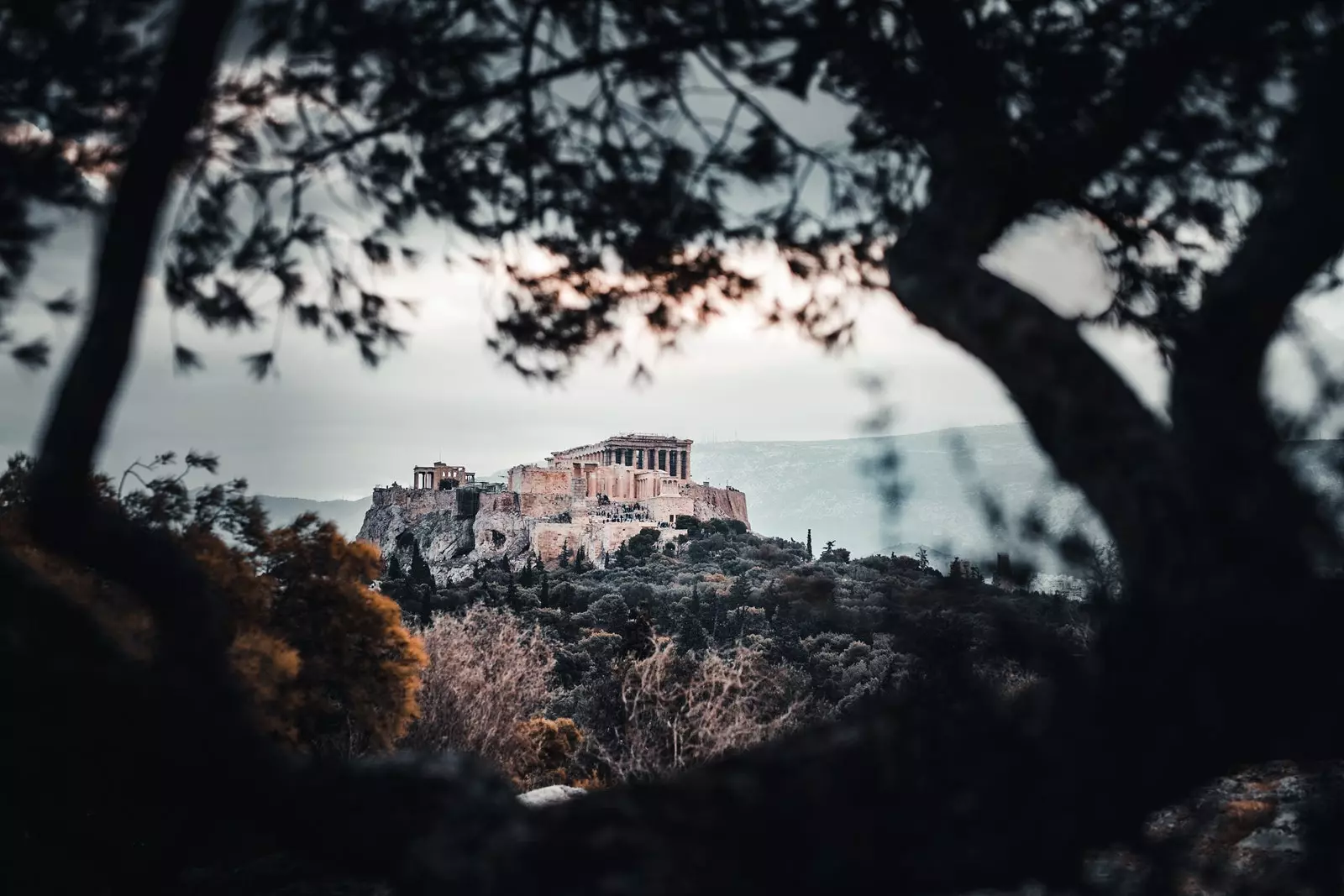
The Parthenon, seen from one of the city's hills
8:30 p.m. If you fancy another perspective of the Acropolis, very close to Philopappos Hill you have the Areopagus , other little elevation with its good dose of history , because here was a meeting council of aristocrats to advise the ancient kings of Athens. Centuries later, according to biblical writings, the apostle Saint Paul gave a speech here.
Surely right now your belly is roaring and demanding that you feed it. For dinner we are going to give you a little freedom: we will let you go to any place in the city in exchange for you trying the gyros . This dish is almost identical to the typical turkish kebab although it has different dressings, prioritizing tzatziki, tomato and onion . You can order it on the plate or inside a pita bread and we encourage you to that you choose the pork : truly fabulous.
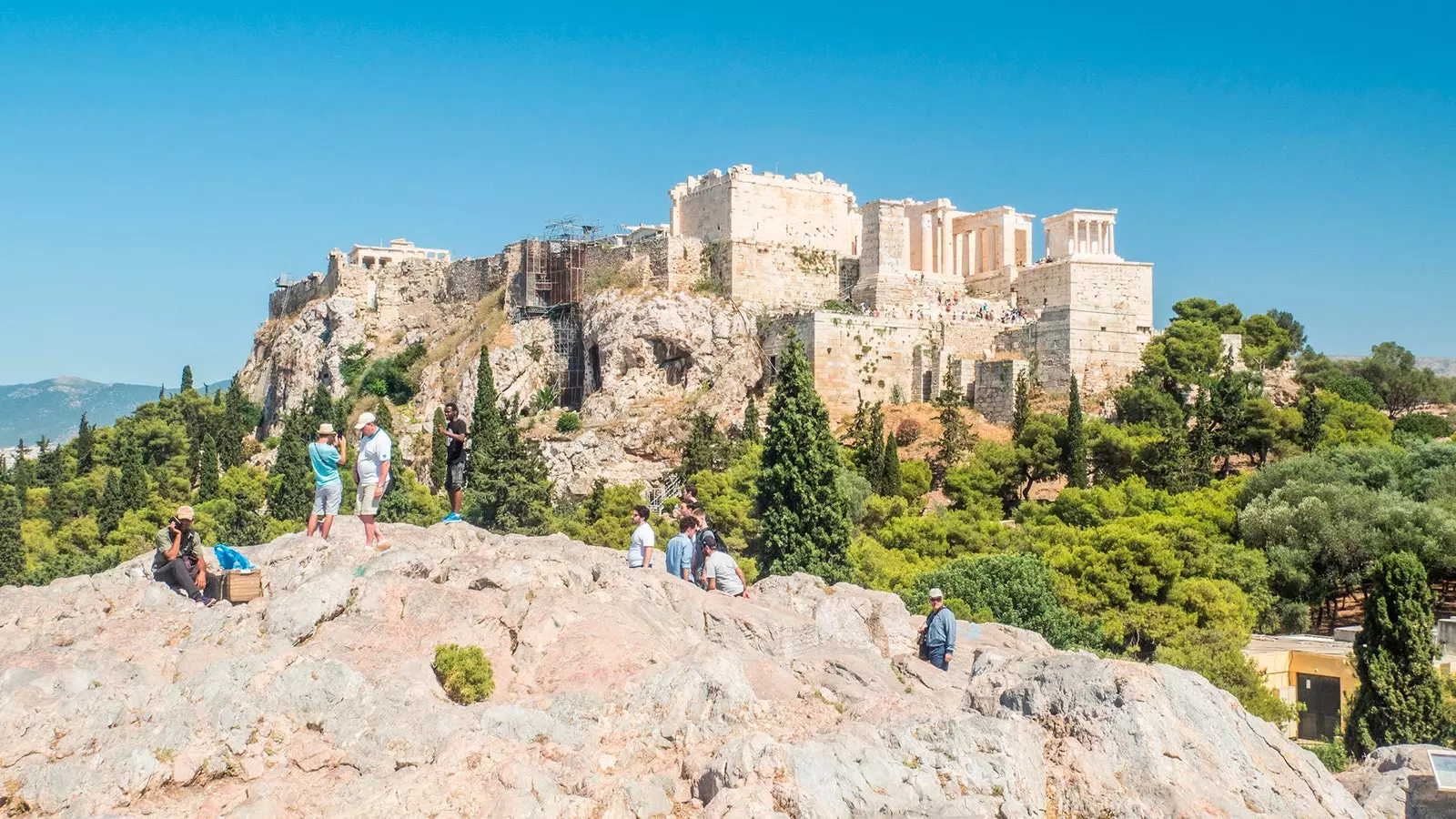
Areopagus Hill
10:30 p.m. A drink to end the trip and wash down dinner? It is not very central but the bel ray bar (Falirou, 88), located in the Koukaki neighborhood , is a great idea to close our Athenian adventure.
In this place they prepare some delicious cocktails , although you can also choose the local spirits , As the ouzo and the raki , very popular in Greece. Relax with the satisfaction of having soaked up this thousand-year-old city and cheers! yamas!
